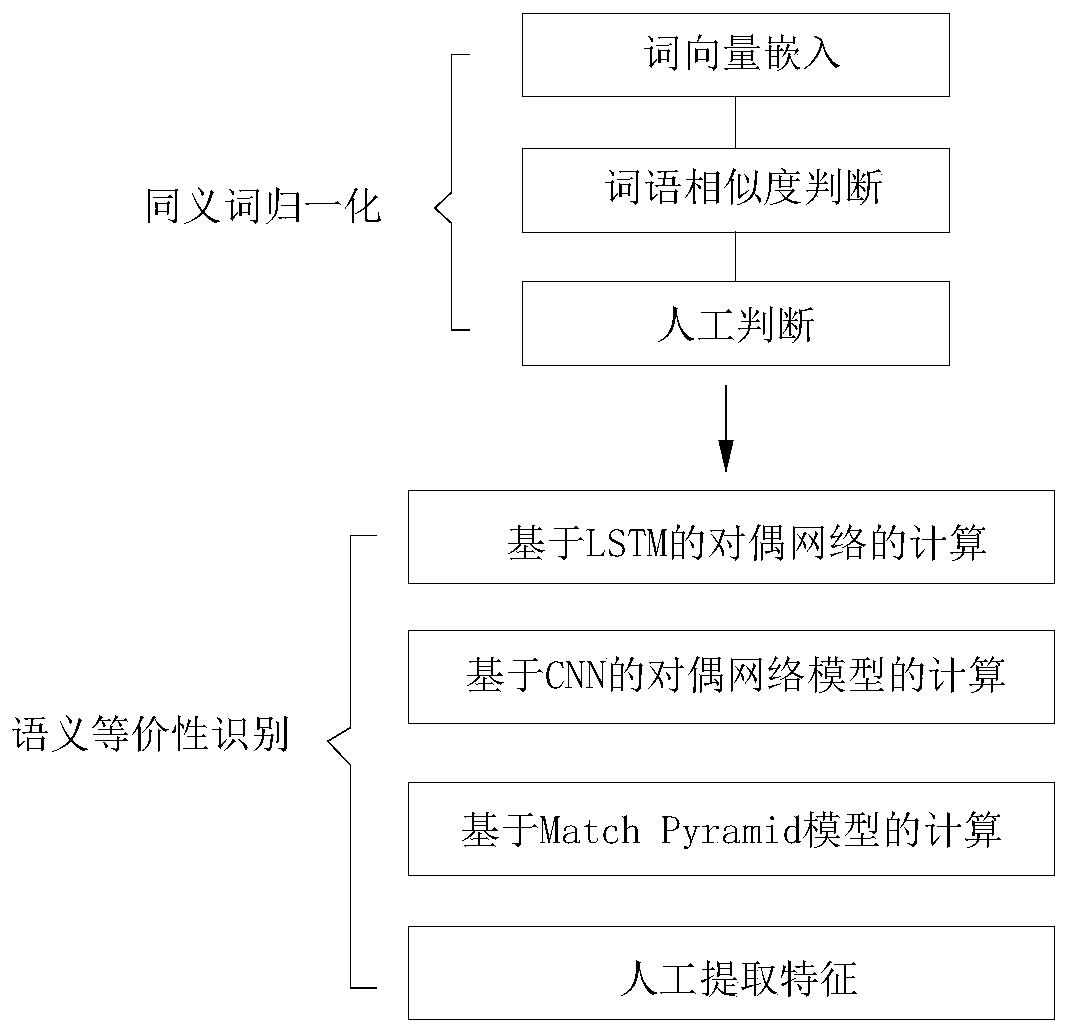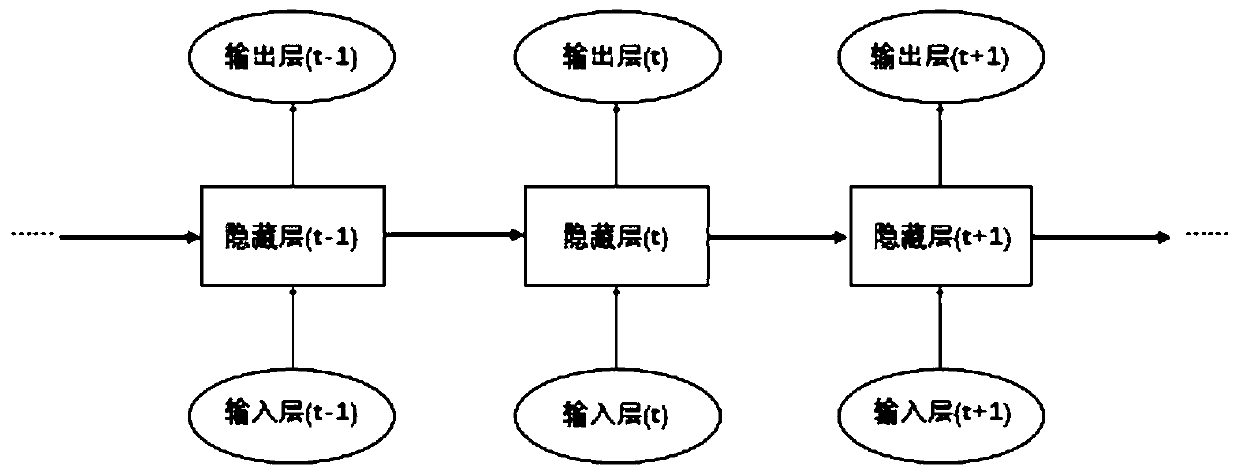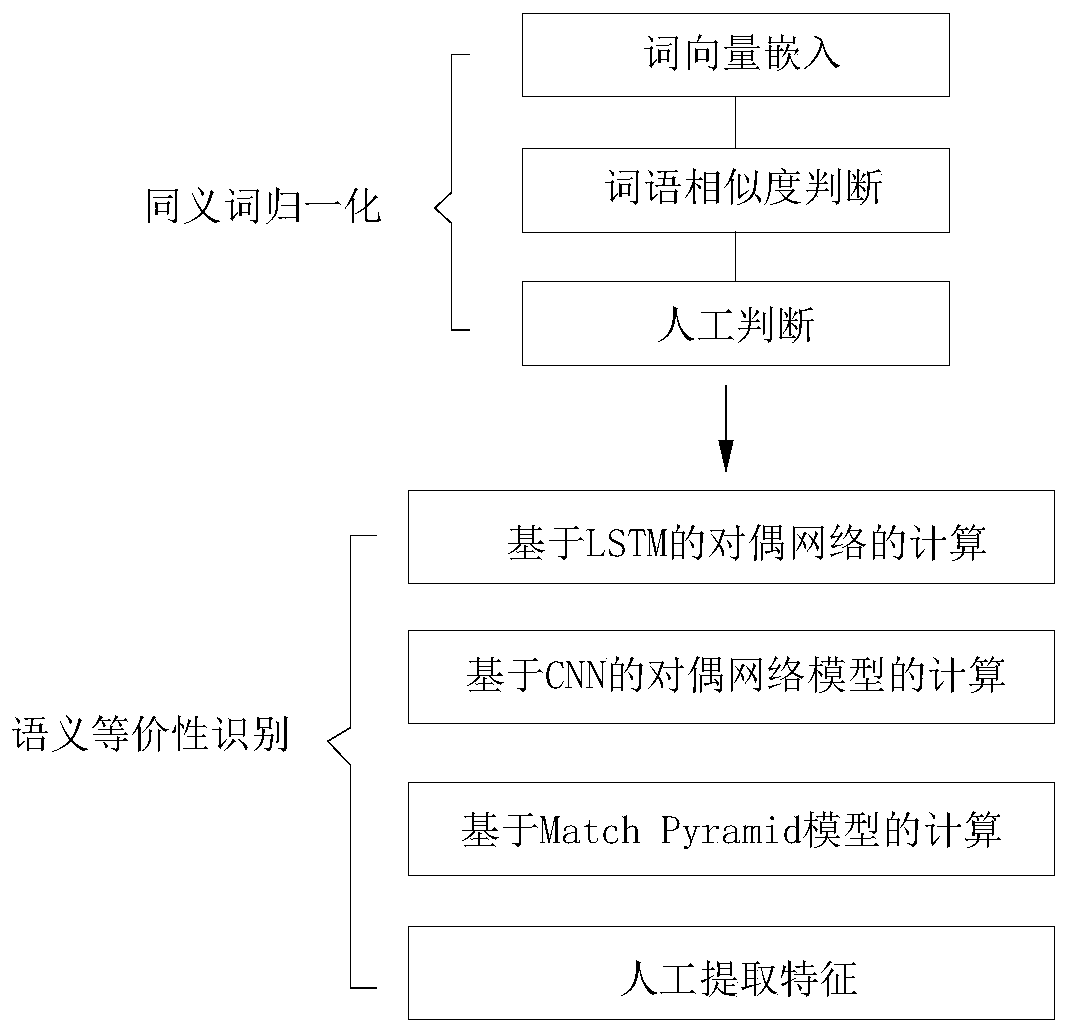Problem equivalence discrimination method combining semi-supervised learning and ensemble learning
A semi-supervised learning and integrated learning technology, applied in the field of valence discrimination, can solve problems such as difficult to describe equivalence/inequivalent, difficult to exhaust the possibility of synonyms, difficult to incorporate prior knowledge, etc.
- Summary
- Abstract
- Description
- Claims
- Application Information
AI Technical Summary
Problems solved by technology
Method used
Image
Examples
Embodiment Construction
[0033] The present invention will be further described below in conjunction with the accompanying drawings. It should be noted that this embodiment is based on the technical solution, and provides detailed implementation and specific operation process, but the protection scope of the present invention is not limited to the present invention. Example.
[0034] The technical terms that may be involved in the embodiments are briefly explained below:
[0035] Question Equivalence Discrimination: Equivalence questions are questions that are equal in intent and semantics. Question equivalence discrimination is the task of judging whether two questions are equivalent from a given question pair.
[0036] Word Embedding: Word embedding is a series of natural language processing techniques used in language models and feature extraction. This technique converts words, phrases or phrases into a series of vectors or real numbers. Word embedding is widely used in various NLP tasks, such ...
PUM
 Login to View More
Login to View More Abstract
Description
Claims
Application Information
 Login to View More
Login to View More - R&D
- Intellectual Property
- Life Sciences
- Materials
- Tech Scout
- Unparalleled Data Quality
- Higher Quality Content
- 60% Fewer Hallucinations
Browse by: Latest US Patents, China's latest patents, Technical Efficacy Thesaurus, Application Domain, Technology Topic, Popular Technical Reports.
© 2025 PatSnap. All rights reserved.Legal|Privacy policy|Modern Slavery Act Transparency Statement|Sitemap|About US| Contact US: help@patsnap.com



